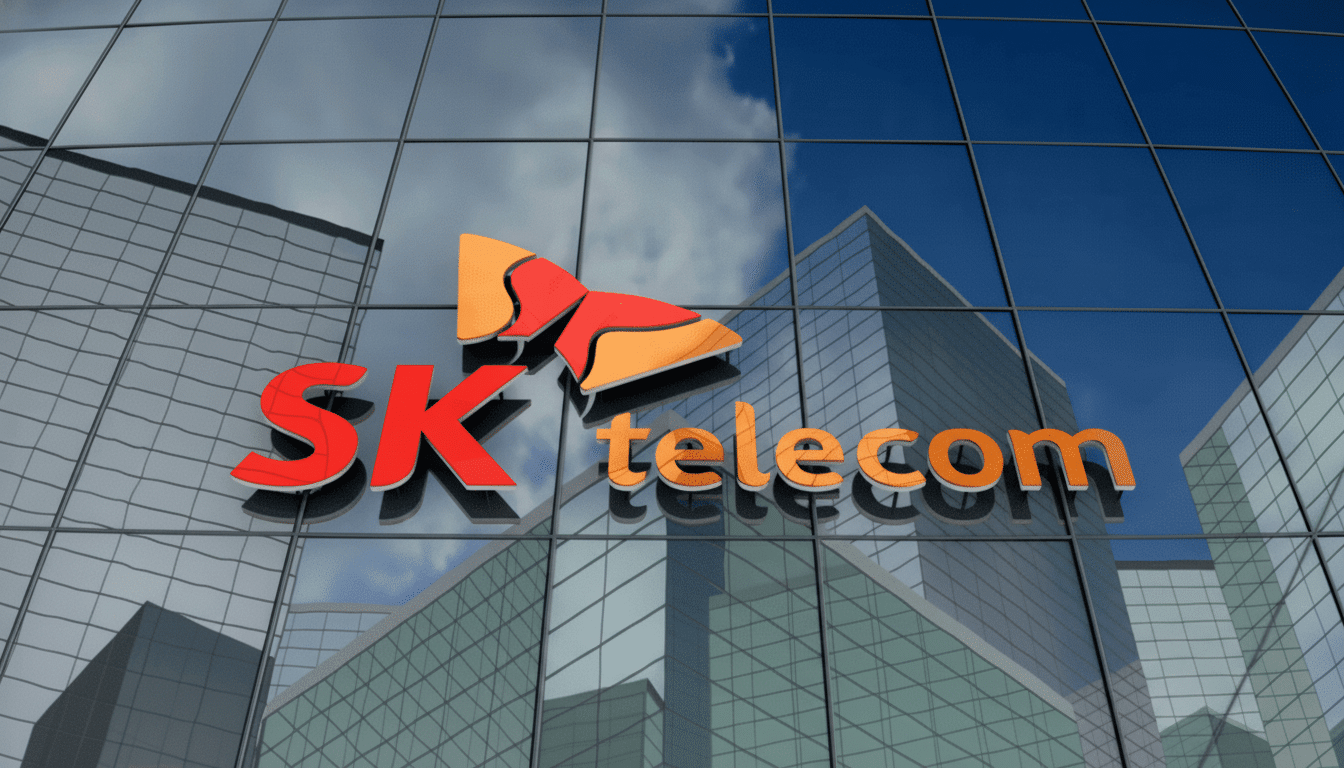SK Telecom is offering a voluntary retirement program in its newly formed artificial intelligence division, an unusual move so soon after creation and one that shows how aggressively the telecom is consolidating competing teams and accelerating its AI strategy. The company says the program is voluntary, with no one being forced out of a job immediately, and that employees who are not taking the offer may be reassigned as jobs are shifted around within the centralized AI organization.
Why The AI Division Is In Restructuring Mode Now
The AI CIC, which was designed to consolidate SK Telecom’s various AI initiatives under one umbrella, is made up of its personal AI agent A. (pronounced “A-dot”), operations at its AI data center, enterprise AI solutions, and global partnerships and investments.

Bringing these and other once-disparate teams under one roof also uncovers duplicative roles — product marketing, platform engineering, infrastructure management — that a consolidated operating model can optimize. A company spokesman said in a statement that when working groups are consolidated, it will involve roles shifting, reorganizing work, and possibly relocating some of the employees as part of the move.
The consolidation is going down as the operator works to convert AI from a promising initiative into more obvious revenue. In previous briefings, SK Telecom set a goal for the AI unit to achieve 5 trillion won in annual revenue by 2030, with much of that growth expected to come from consumer services like A., enterprise software, and infrastructure underpinning them both. The sooner the company eradicates this internal friction, the quicker it can ship products and sign contracts in a market that’s rewarding speed and scale.
What The Program Will Mean For Workers And Teams
The company did not disclose specific headcount or participation targets but said the voluntary retirement plan was designed to support employees whose positions or worksites might be affected under the new system. Workers who decide to stay on could be reassigned to nearby teams or regional offices as the AI CIC reshuffles duties. In Korea’s corporate world, voluntary retirement is a common device used during overhauls, along with transition support, although the company did not specify what benefits were on offer.
The timing — just weeks after the unit made its debut — highlights an urgent effort inside big incumbents to get costs in line with their long-term AI bets. Unlike those pure software pivots, AI programs come with hefty infrastructure commitments touching everything from GPUs to the energy-hungry data centers that house them. Eliminating duplication early can unlock budget for compute, model deployment, and streamline accountability with product, platform, and go-to-market teams.
Big AI Ambitions And The Cost Of Infrastructure
SK Telecom’s recent statements indicate an infrastructure-first approach. The company made a mark with its GPUs-as-a-service designed to appeal to enterprises that seek high-end training and inference capacity but don’t want to own hardware; the service was built on Nvidia’s Blackwell platform. It also announced a cooperation with OpenAI to jointly operate AI data centers in southwestern Korea as part of the Stargate Korea initiative, turning itself into a regional hub for model development and deployment.

The strategies follow SK Telecom’s earlier partnerships. The carrier is also one of the founding members of the Global Telco AI Alliance with Deutsche Telekom, e&, Singtel, and SoftBank to develop common platforms for AI among operators. In 2023, SK Telecom also invested in Anthropic to jointly develop large language model capabilities for telecom use cases. Within the wider SK Group, SK Hynix’s dominance in high-bandwidth memory and AI chip project Sapeon provides yet more strategic depth to the stack — from memory supply to accelerators.
Telcos Unify On AI Strategies While Staying Frugal
International operators are in a similar fix, as the push for AI-led growth butts up against the need to defend their margins in saturated connectivity markets. The consolidation and voluntary exit programs are part of digital transformations at carriers in Europe and Asia over the last two years, according to industry reporting and company filings. The playbook is familiar — simplify portfolios, centralize engineering effort, and move talent onto platform capabilities that can become productized for both consumer and enterprise.
For SK Telecom, the immediate challenge is execution. On the consumer side, the A. agent needs daily active users and upsell paths into premium features. Enterprise AI will need anchor customers in finance, manufacturing, and the public sector that all care about data governance and latency. For infrastructure, rates of use and long-term contracts will decide if GPU services are a profit center or simply a cost sink. These are competitive metrics that investors and analysts from firms like CLSA, HSBC, and Korea Investment & Securities often scour during earnings calls.
What To Watch Next As The AI Reorganization Unfolds
Key signals in the coming quarter are:
- Clarity on the voluntary retirement program scope
- The pace of internal relocations
- Product roadmaps accelerating versus maturing
- Launch of enterprise AI contracts
- Expansion in the GPUs-as-a-service platform
- New features introduced inside A.
It’s a naked headline, with a simple strategy — slimline up front, fund the compute and outrun rivals. If SK Telecom can turn its partnerships and infrastructure build-out into repeatable software and services revenue, the AI CIC’s early personnel shifts may resemble less retrenchment and more necessary engineering for scale.

